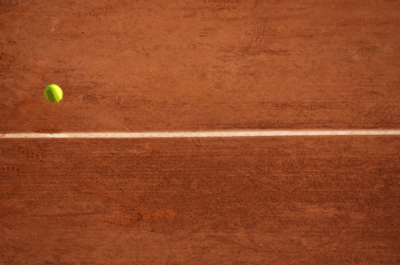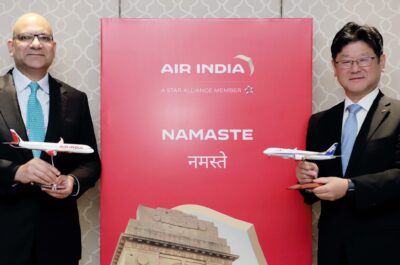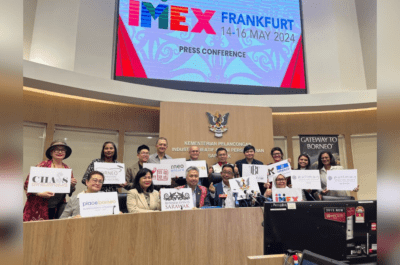Here are some of the best examples of the ties and differences between sports in the Americas and in Asia, two hotbeds for athletic talent.
Unique national and regional cultures have become increasingly interconnected in our globalized world, and one of the most interesting (and fun) ways to see that phenomenon take place is the arena of sports.
Sports are defined by copycats, and if a team finds a winning strategy, you can be certain that half the league will have adopted it within a year or two. As sports continue to grow in popularity, it’s a real joy to see that take place across the world. Here are some of the best examples of the ties and differences between sports in the Americas and in Asia, two hotbeds for athletic talent.
Baseball
Baseball stands as a prominent symbol of cultural exchange between the Americas and Asia, showcasing the dynamic interplay of international relations through the realm of sports. This connection was notably strengthened during the latter half of the nineteenth century, following the Perry Expedition, which marked the end of over two centuries of Japanese isolationism.
The resurgence of trading ties between the United States and Japan sparked a mutual cultural fascination. Horace Wilson, an American educator at Tokyo’s Kaisei Academy, not only introduced English lessons but also imparted the rules of baseball to his students. This introduction of America’s beloved pastime to Japan was met with enthusiastic reception, laying the foundation for the sport’s widespread popularity in the country.
Baseball quickly became a fixture in Japan, with the formation of adult leagues and its incorporation into the physical education curriculum in schools by the Japanese government. This institutional support catalyzed the sport’s growth, leading to the establishment of professional leagues in the 1930s, a testament to baseball’s enduring appeal in Japan.
The narrative of baseball as a conduit for cultural exchange is further enriched by the competitive successes of Japanese national teams against their American counterparts. This rivalry underscores the depth of baseball’s integration into Japanese culture, to the extent that Japan has managed to excel, often outperforming the country that introduced them to the sport. This phenomenon is not unique to baseball; it mirrors other instances of cultural adoption and adaptation, such as Germany’s victories over the United States in basketball.
In this context, the involvement of Fanatics Sportsbook Promo Code users adds an intriguing layer to the global sports narrative, especially in high-stakes competitions like the World Baseball Classic. Here, the event becomes a focal point for fans and bettors alike, with countries like the Dominican Republic entering as favorites. This engagement highlights the global passion for baseball and how it transcends mere spectatorship, involving fans deeply in the outcomes of international contests. For Fanatics Sportsbook Promo Code users, moments like Shohei Ohtani striking out Mike Trout symbolize the pinnacle of sports excitement, blending the thrill of competition with the nuances of cultural exchange.
Combat Sports
Mixed martial arts (MMA) are perhaps the most obvious way to see sporting cultures collide. While there may be some differences in how people play baseball between the United States and Japan, for instance, the game they play is still fundamentally the same thing.
The various martial arts comprise entirely different philosophies, however, whether it’s a sport like Brazilian Jiu-Jitsu (BJJ) that prioritizes grappling and submission holds, as opposed to a style like Muay Thai where kickboxing takes on a much greater role.
A few decades ago, combat sports largely kept to themselves, although there are a few exceptions like Judo, which is extremely popular worldwide. The Americans and British boxed, people from Southeast Asian countries kickboxed, classic martial arts like karate and taekwondo thrived in Japan and Korea, but the styles were never at odds with one another.
Plenty of Americans tried their hand at karate or exported boxing to other countries, but given the carefully regulated nature of combat, it wouldn’t work out well to have a boxer take on a karate-ka, each fighting in their own style and by their own set of rules. For instance, karate allows strikes below the knees, while anything below the belt is outlawed in boxing.
That all changed with the advent of MMA, which has a much looser set of restrictions than most other combat sports, paving the way for kickboxers to take on grapplers and setting up a fascinating clash of different styles. By allowing fighters from all over the world to participate on their own terms, fighting consortiums like UFC are able to appeal to a massive audience, because there is quite literally something for everyone. It’s one of the shining success stories of cultural exchange because of that.
Basketball
Basketball is North America’s most successful sporting export, as it has grown rapidly over the past few decades into the third most popular sport in the world, behind only soccer and cricket. Much of basketball’s growing popularity stems from the fact that it’s easy to play. You can jerry-rig a ball and hoop with just about anything, and from there it’s off to the races.
India was one of the first countries outside of the Americas to adopt basketball, and it grew in a manner similar to baseball in Japan—although not quite as popular—with flourishing youth and professional leagues.
Hoops took root in China even earlier, with the YMCA hosting games in the late 1890s, and the game began to grow steadily from there. After the Chinese Civil War, the Democratic People’s Republic of China saw sports as an effective way to reach out to other countries: basketball, alongside ping-pong, was one of two sports they prioritized.
The NBA puts quite a bit of effort into exporting the game, holding preseason exhibition contests in India, setting up an offshoot league in China, and sending league legends on the sporting equivalent of missionary trips to help foster a love of the game.
Just like with baseball, other countries are starting to outperform the United States on the global stage but, again, most of the top American stars aren’t risking injury by taking part in those contests.




![[PR] PR_Ascott and Vimut Hospital_2024](https://www.traveldailynews.asia/wp-content/uploads/2024/04/PR-PR_Ascott-and-Vimut-Hospital_2024-400x265.jpg)



























































